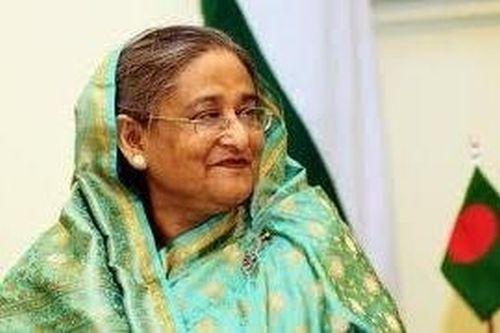New Delhi: The COVID-19 pandemic has threatened to make education outcomes worse and without aggressive policy, the virus outbreak across the globe will have immediate costs on both learning and health of children and youth, according to the World Bank’s education team.
Experts from the World Bank have pointed out that even before the pandemic, the world was facing a “learning crisis” and already off track to meet Sustainable Development Goal 4, which commits all nations to ensure that, among other ambitious targets, all girls and boys complete free, equitable and quality primary and secondary education.
The World Bank has been working with different UN agencies in forming guidelines as well as policy suggestions for minimising impact of the pandemic on education sector.
“Before the pandemic, 258 million children and youth of primary- and secondary-school age were out of school and low schooling quality meant many who were in school learned too little. Even worse, the crisis was not equally distributed. The most disadvantaged children and youth had the worst access to schooling, highest
dropout rates, and the largest learning deficits,” the team has pointed out in a report titled “The COVID-19 Pandemic: Shocks to Education and Policy Responses”.
According to Jaime Saavedra, Global Director for Education at the World Bank, the pandemic now threatens to make education outcomes even worse.
“The pandemic has already had profound impacts on education by closing schools almost everywhere in the planet, in the largest simultaneous shock to all education systems in our lifetimes. The damage will become even more severe as the health emergency translates into a deep global recession,” he said.
The World Bank’s education team asserted that it is possible to counter the “shocks” and turn crisis into opportunity.
“The first step is to cope successfully with school closures, by protecting health and safety and doing what they can to prevent students’ learning loss using remote learning. At the same time, countries need to start planning for school reopening. That means preventing dropout, ensuring healthy school conditions, and using new techniques to promote rapid learning recovery in key areas once students are back in school,” the report said.
“As the school system stabilizes, countries can use the focus and innovativeness of the recovery period to ‘build back better’. The key is to not replicate the failures of the pre-COVID systems, but instead build toward improved systems and accelerated learning for all students,” it added.
Pointing out that there are long term costs involved, the team has called for aggressive policy action.
“The policies to turn this around can be grouped in three overlapping phases–coping, managing continuity, improving and accelerating. As rules around
social distancing are gradually relaxed, systems need to ensure that schools reopen safely, student dropout is minimized, and learning recovery starts,” it said.
According to UNESCO estimates, over 154 crore students are severely impacted by closure of educational institutions across the world amid the COVID-19 outbreak.
UN agencies–UNESCO and UNICEF along with World Bank and the World Food Programme, had recently come up with guidelines on how to safely reopen schools in view of COVID-19 and also warned that widespread closures of educational facilities present an unprecedented risk to children’s education and wellbeing.
Globally, over 41 lakh people have been infected with COVID-19, and the total number of deaths from the deadly virus now stands at 2.83 lakh.







